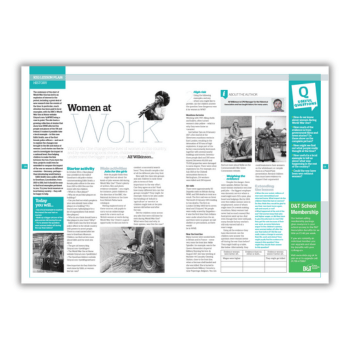In this World War 1 KS2 lesson plan, children will examine local stories to understand how the war changed the lives of women in this country…
World War One changed the lives of women in this country – by examining local stories, your pupils can begin to understand the bigger picture.
The centenary of the start of World War One led to an explosion of interest in the period, including a great deal of new research into the events of the time. In particular, much attention was paid to local examples, with the BBC’s World War One at Home website being a case in point.
The site hosts a growing collection of stories that show how WWI affected the people and places of the UK and Ireland. It makes it possible to take a local example – in this case Edith Smith, one of the first female police officers – and use it to explore the changes war brought to the life and status of women.
Use local stories to investigate the impact at a national level. This helps children to make the link between the two. If you have the time, extend the projects to compare the impact of the war on women in different countries – Germany, perhaps – thus introducing world history.
Edith Smith was a police officer in Grantham, Lincolnshire, from 1915 to 1918, but it should be easy to find local examples pertinent to you. Try your local museum or local history society – they will be happy to help.
World War 1 KS2 learning objectives
- Use a local example to explore the impact the war had on women
- Build up a bigger picture of the jobs women did during the war
- Try to answer the question: were women better off during the war than before?
Browse more resources for International Women’s Day.

Similar resources
- Stone Age to Iron Age – KS2 medium-term plan with resources
- Cobweb by Michael Morpurgo – Cross-curricular activities for KS2
- Arctic explorers – KS2 creative writing and geography resource
- Viking worksheets – Colour-and-write sheets for history & writing
- Geological timeline – Cut-out and colour-in spiral activity










